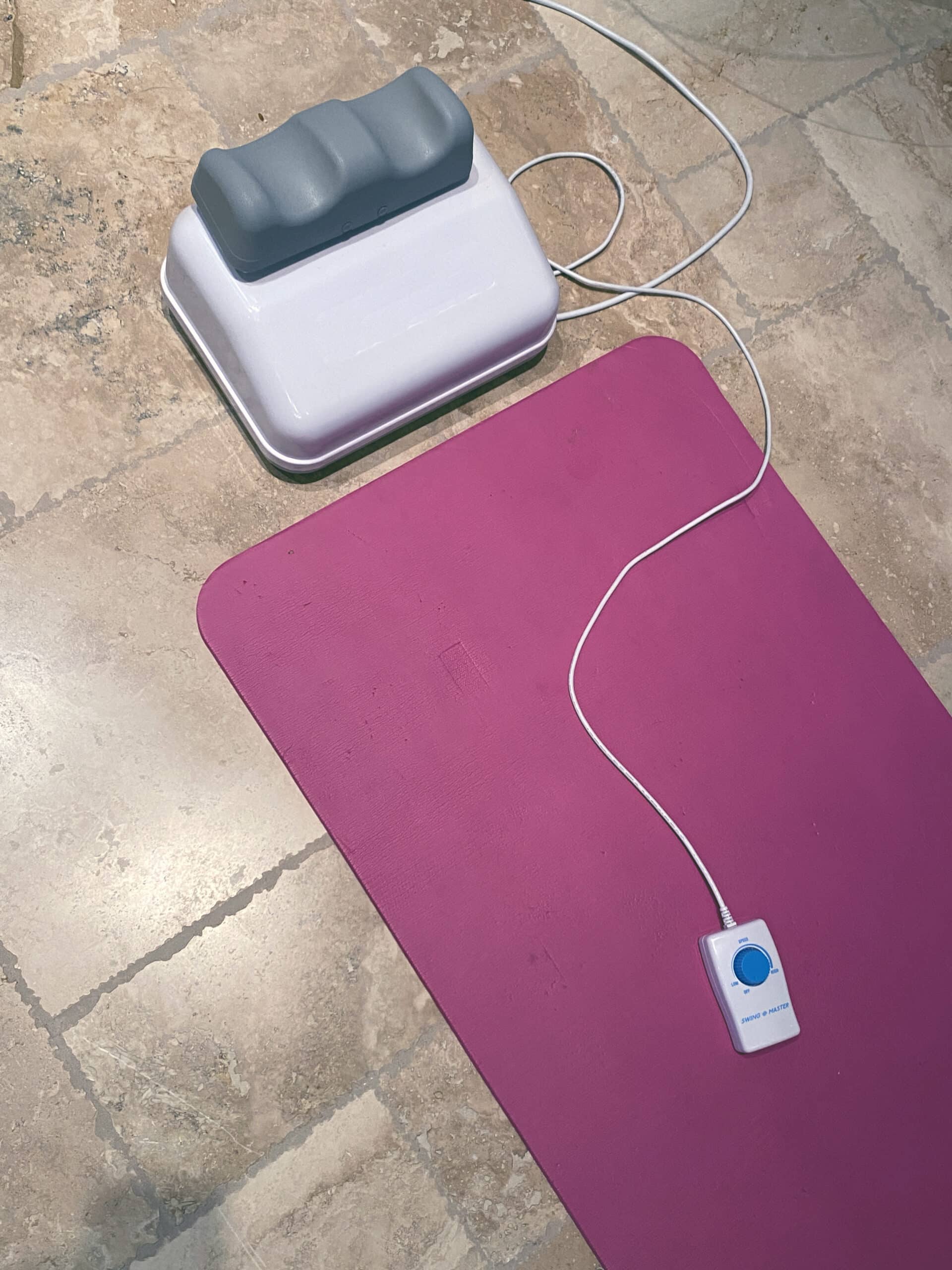Living with chronic illnesses can often feel like navigating a maze with no clear exit. For those dealing with both Chronic Lyme disease and Chronic Inflammatory Response Syndrome (CIRS), the journey can be even more complex. Both conditions involve a range of debilitating symptoms, and they often overlap in ways that can make diagnosis and treatment difficult. However, understanding how they are connected—and how they differ—can be the first step toward finding effective care and improving quality of life.

What Is Chronic Lyme Disease?
Chronic Lyme disease is a persistent form of Lyme disease that occurs when the bacteria Borrelia burgdorferi (and other strains) are left untreated or not adequately treated in the acute phase. This bacterial infection is transmitted to humans through the bite of an infected tick, and if not properly treated, it can result in ongoing symptoms for months or years.
People with chronic Lyme disease often experience symptoms such as:
- Fatigue
- Joint pain and swelling
- Muscle aches
- Neurological symptoms (brain fog, memory issues)
- Sleep disturbances
- Headaches
- Heart palpitations
- Sensitivity to light and sound
The symptoms of chronic Lyme can wax and wane, making it difficult to pinpoint, leading many to feel frustrated and confused in their diagnosis journey.
What Is CIRS?
Chronic Inflammatory Response Syndrome (CIRS) is a condition in which the body’s immune system responds abnormally to biotoxins, which can come from mold, bacteria, or other environmental sources. When someone with CIRS is exposed to these toxins, the body enters a state of chronic inflammation that affects various systems, including the brain, nervous system, and organs.
Some of the hallmark symptoms of CIRS include:
- Cognitive dysfunction (brain fog, memory loss)
- Chronic fatigue
- Muscle pain and joint issues
- Respiratory problems
- Mood disorders (anxiety, depression, anger)
- Sensitivity to light and sound
- Skin rashes
- Gastrointestinal problems
CIRS can occur after exposure to water-damaged buildings, which may harbor mold, bacteria, or other harmful microorganisms. It’s important to note that CIRS is not just a mold illness—other biotoxins from sources like Lyme disease can trigger the same inflammatory response.
How Chronic Lyme Disease and CIRS Overlap
Both chronic Lyme disease and CIRS share several overlapping symptoms, making it difficult to distinguish between the two. In fact, many individuals who suffer from chronic Lyme disease may also develop CIRS, often after prolonged exposure to mold or other biotoxins.
Here’s how these two conditions may intersect:
Immune System Dysfunction: Lyme disease and CIRS both disrupt the immune system. Lyme disease can cause immune system dysregulation, leaving the body vulnerable to infections and making it harder to heal. In CIRS, the immune system is triggered by biotoxins and responds abnormally, resulting in ongoing inflammation and health problems.
Chronic Inflammation: Both CIRS and chronic Lyme disease cause persistent inflammation in the body. This inflammation is often triggered by an infection (Lyme bacteria) or a biotoxin (from mold or other environmental sources). Chronic inflammation is a root cause of many symptoms in both conditions, including fatigue, joint pain, and cognitive dysfunction.
Neurological Symptoms: Both conditions affect the brain and nervous system, leading to cognitive difficulties such as brain fog, memory problems, and difficulty concentrating. This overlap is a hallmark symptom that can often lead to confusion when diagnosing and treating these conditions.
Fatigue and Muscle Pain: Chronic Lyme disease and CIRS both cause debilitating fatigue and widespread muscle pain. The exhaustion can feel overwhelming, and the muscle aches can mimic fibromyalgia-like symptoms.
Challenges in Diagnosis and Treatment
Because of the symptom overlap between chronic Lyme disease and CIRS, it can be challenging to pinpoint which condition is at the root of a person’s health struggles. Sometimes, people with chronic Lyme disease may be misdiagnosed with CIRS, or vice versa, especially since both conditions are often not widely recognized by conventional doctors.
Some challenges include:
- Delayed Diagnosis: Both Lyme disease and CIRS are difficult to diagnose, especially in the early stages. Doctors may overlook these conditions, misdiagnosing patients with other illnesses like fibromyalgia, chronic fatigue syndrome, or depression.
- Treatment Complexity: Treatment for chronic Lyme disease typically includes antibiotics and other medications aimed at eradicating the bacteria. Meanwhile, CIRS treatment focuses on reducing inflammation, detoxifying the body, and addressing environmental triggers. For those with both conditions, a comprehensive treatment plan that addresses both Lyme disease and CIRS simultaneously is crucial.
- Co-Infections: Chronic Lyme disease is often accompanied by co-infections, such as Bartonella or Babesia, which complicates the treatment process. CIRS can also involve co-exposure to multiple biotoxins, which can further strain the immune system.
Managing Both Chronic Lyme Disease and CIRS
The treatment journey for someone dealing with both chronic Lyme disease and CIRS can be challenging but not impossible. A multi-faceted approach is often necessary, and working with a knowledgeable healthcare provider who understands both conditions is critical.
Environmental Management:
- Mold and Toxin Avoidance: If mold is an issue, removing mold from your home is essential. This may involve working with mold remediation specialists to clean your living space thoroughly. Additionally, avoiding places with water damage or high humidity can help manage CIRS.
- Air Purification: Using high-quality air purifiers in your home can help reduce exposure to airborne toxins. A HEPA filter and carbon filters can be effective at removing mold spores, bacteria, and other harmful particles.
Diet and Detoxification:
- A healthy, anti-inflammatory diet is key in managing both Lyme disease and CIRS. Nutrient-dense foods like vegetables, lean proteins, and healthy fats can support the immune system and help reduce inflammation.
- Detoxifying your body can also be important. This might include liver support, using binders to remove toxins, and engaging in gentle detox strategies like sauna therapy or lymphatic massage.
Targeted Treatment:
- For Lyme disease, antibiotics and herbal treatments can be used to fight the infection and reduce symptoms. In some cases, long-term treatment may be necessary.
- For CIRS, treatments may include medications to address inflammation (like cholestyramine or other binders), supplements to support detoxification, and addressing specific triggers (like mold or mycotoxins).
Symptom Management:
- Cognitive Support: Brain fog and memory issues can be particularly frustrating. Cognitive support therapies, such as neurofeedback, memory exercises, and certain nootropic supplements, may help.
- Pain and Fatigue: Managing pain and fatigue through gentle exercise, physical therapy, acupuncture, or relaxation techniques can improve overall well-being.
Find a Specialist:
- Since both Lyme disease and CIRS are complex, finding a healthcare provider who specializes in environmental medicine, integrative medicine, or Lyme disease treatment is essential. These professionals can help tailor a treatment plan that addresses both conditions.
Conclusion
Living with chronic Lyme disease and CIRS is undoubtedly a challenging experience. However, with the right knowledge, a comprehensive treatment plan, and support, it is possible to manage both conditions and improve quality of life. By addressing environmental factors, focusing on detoxification, and seeking out specialized care, you can navigate the complexities of chronic illness with greater ease. Remember, healing is a journey, and you don’t have to walk it alone. Finding the right support and resources can make all the difference in your path to recovery.






